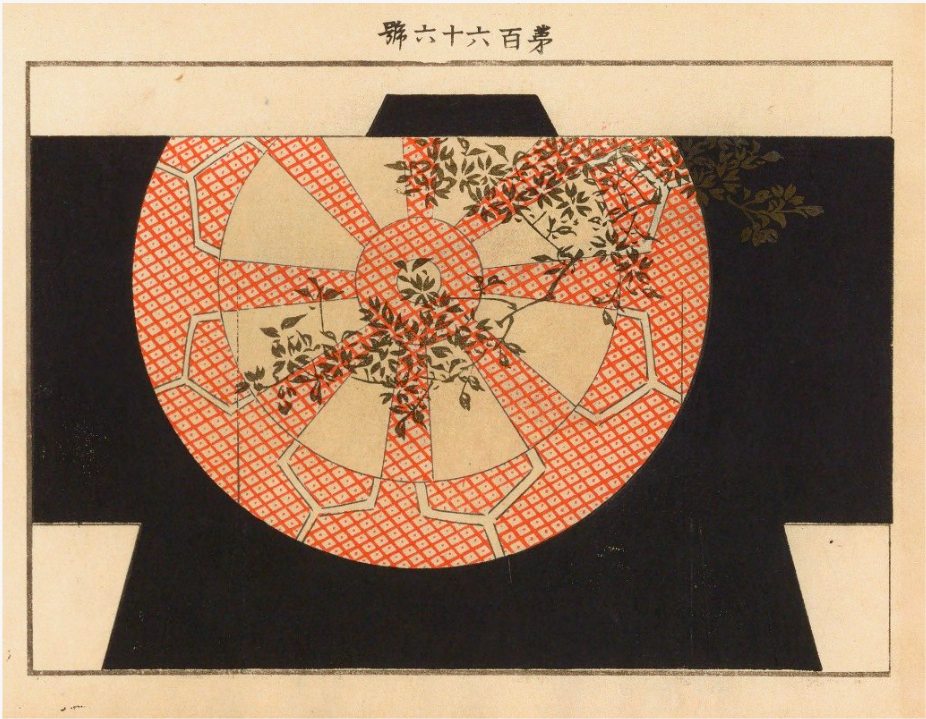
Japan’s 19th-century kimonos blur the lines between art and fashion.
Meiji era customers could browse hinagata-bon, traditionally bound pattern books, on visits to drapers and fabric merchants. These colorful volumes offered a glamorous update of the Edo period’s black-and-white kimono pattern books.
Aspiring designers also studied hinagata-bon, as many of the designs featured within were the work of celebrated artists.
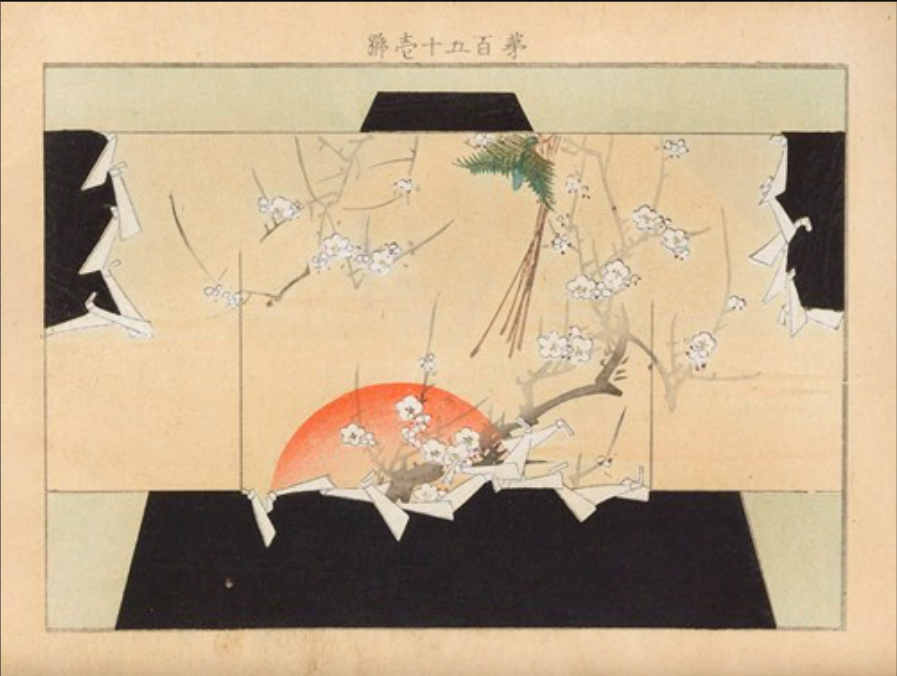
Each page featured a standard kimono outline in a back or side view, embellished with the proposed design. These range from traditional floral motifs to bold landscapes to striking geometric patterns, some arresting, some discreet.
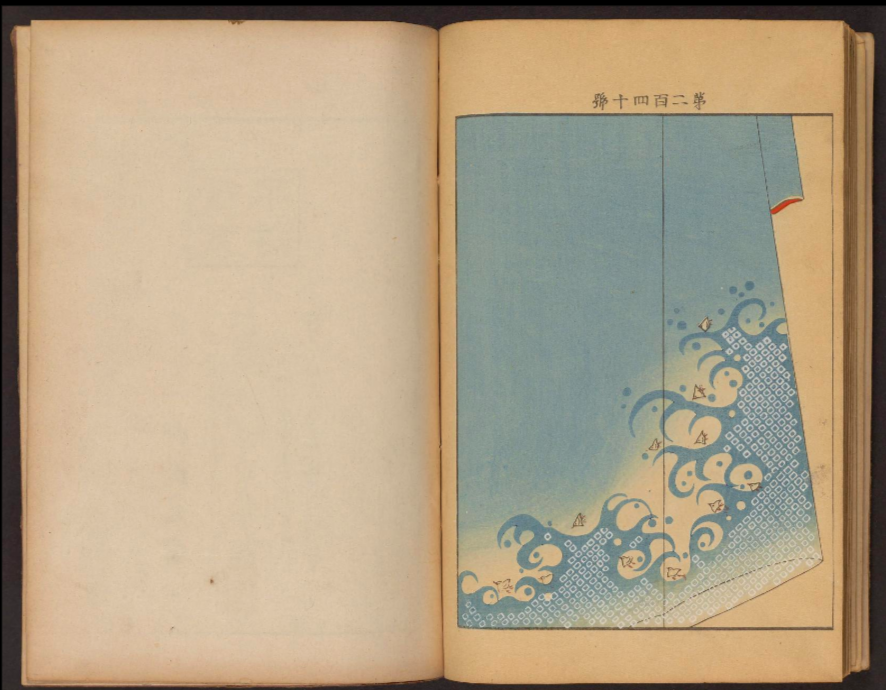
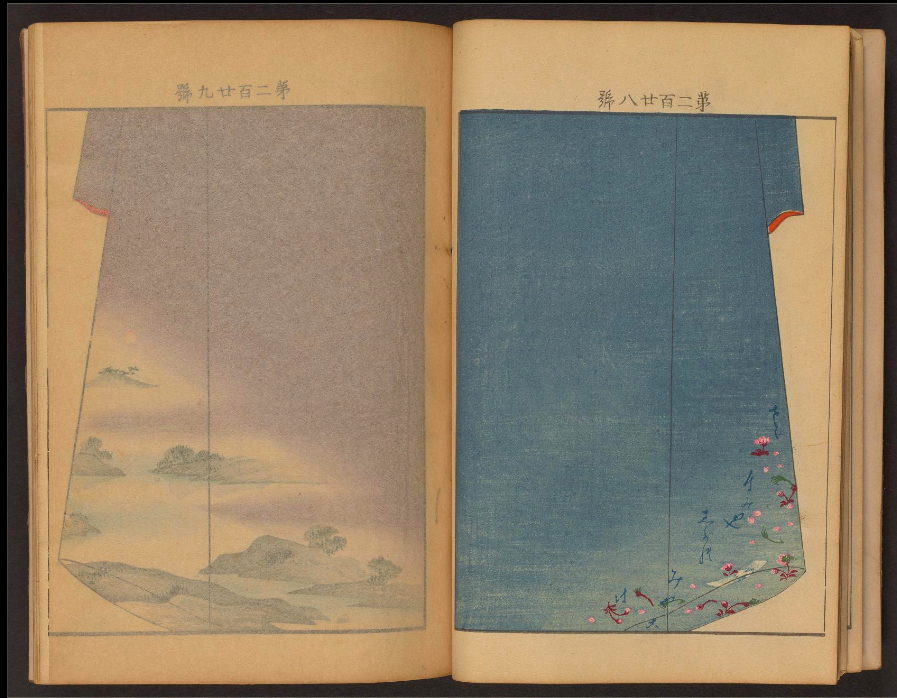

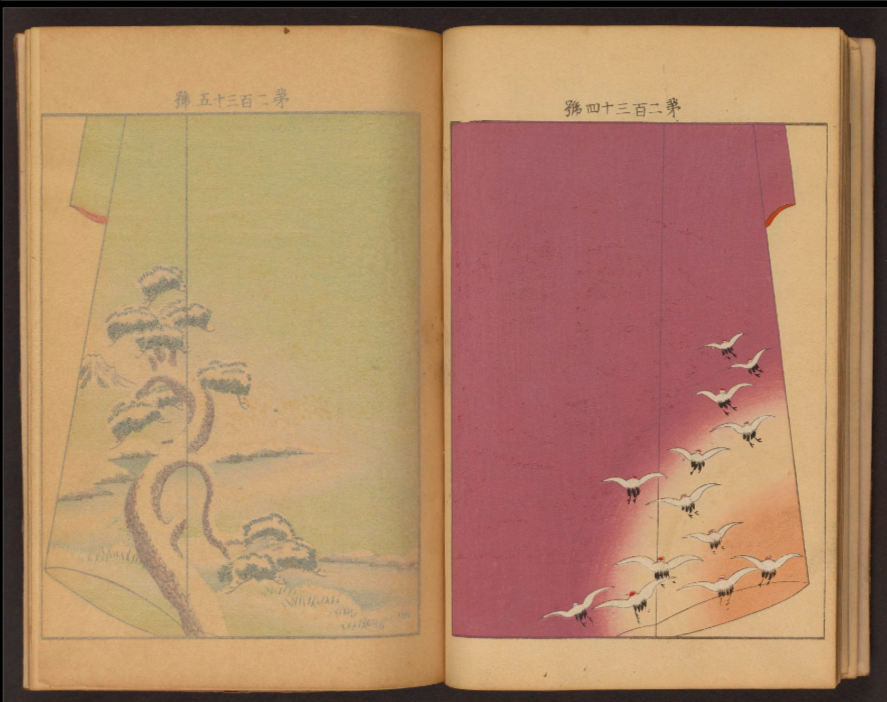
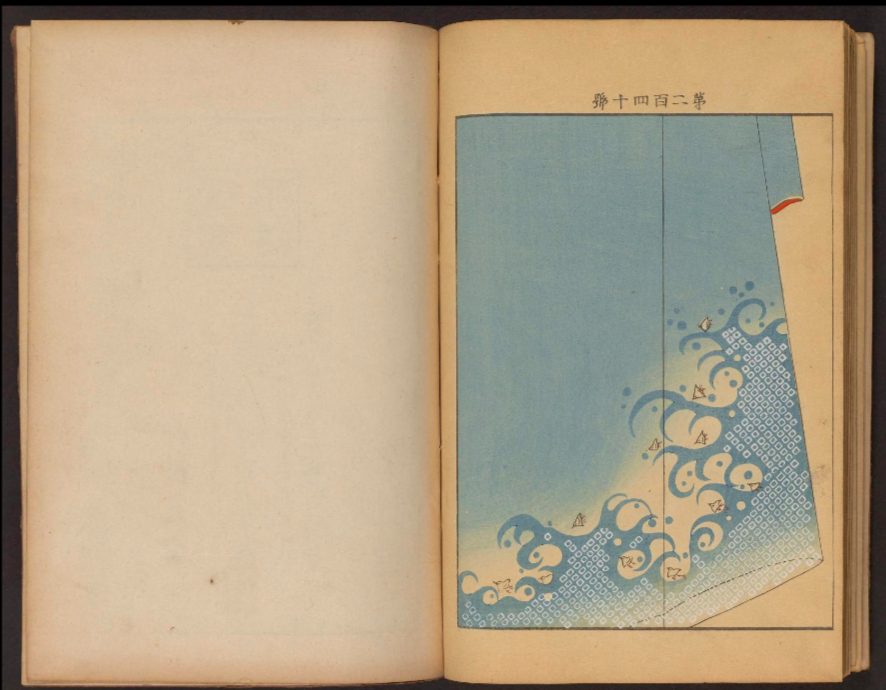
As Hunter Dukes observes in the Public Domain Review, the Meiji era ushered in a period of technological advancement. Representatives of the Japanese textile industry ventured abroad, embracing and adapting dying processes they saw practiced in the United States and Europe. The ability to stencil pastes of chemical dye onto silk helped to industrialize the kimono-making process. People who previously couldn’t have afforded such a garment could now choose from a variety of designs.
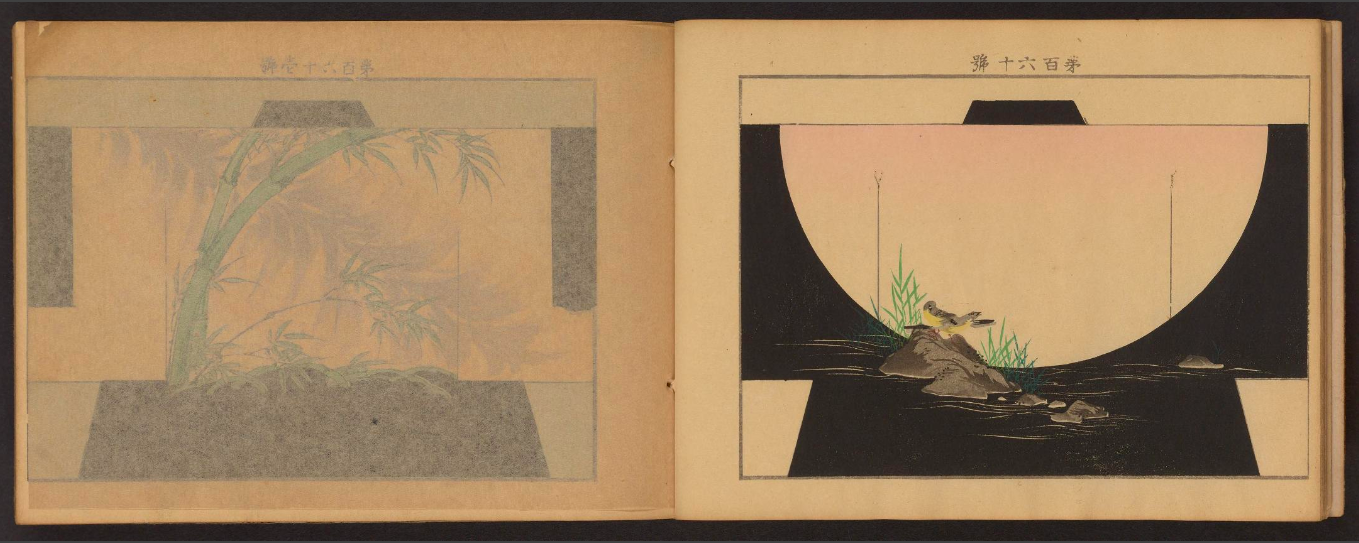

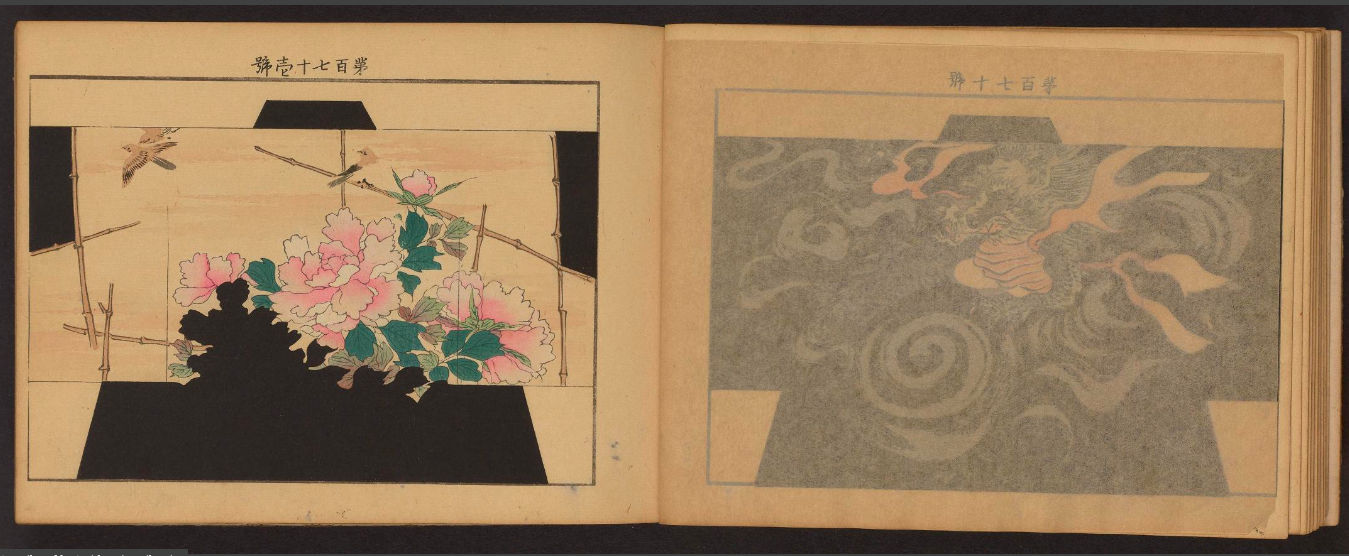
The explosion in kimono production spurred demand for fresh designs. Publishers began to release hinagata-bon annually. Previous years’ pattern books were of little interest to sophisticated customers clamoring for the latest fashions.
Unlike today’s disposable fashion mags, however, the pattern books’ high aesthetic and production quality saved them from destruction.
In her 1924 book, Block Printing and Book Illustration in Japan, author Louise Norton Brown wrote that cast-off hinagata-bon could be “found in all the secondhand book shops of Japan … (where they were) comparatively inexpensive.”
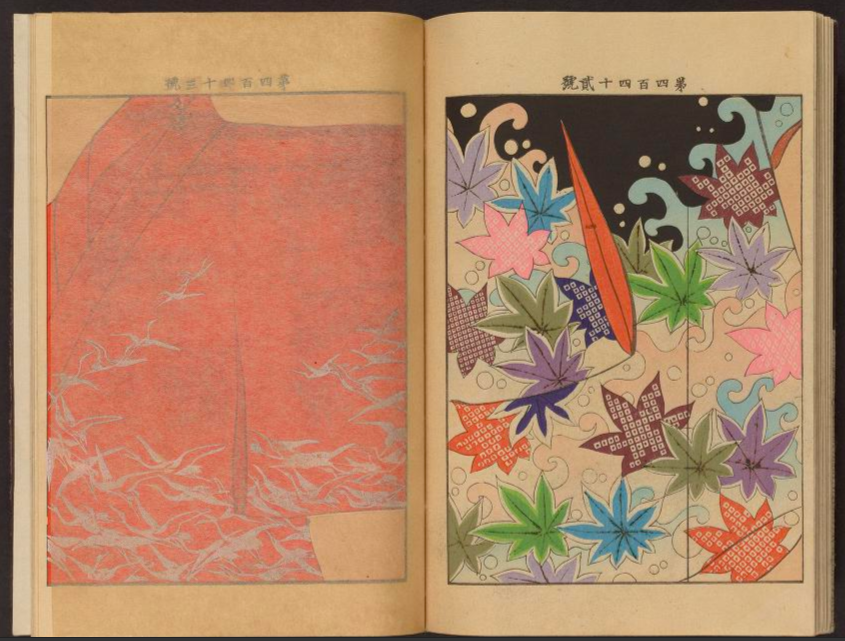
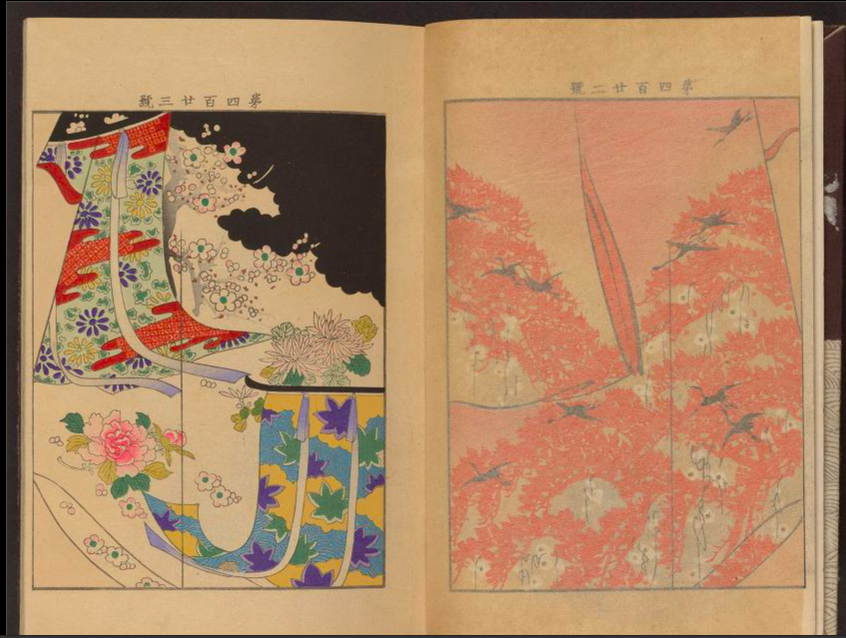
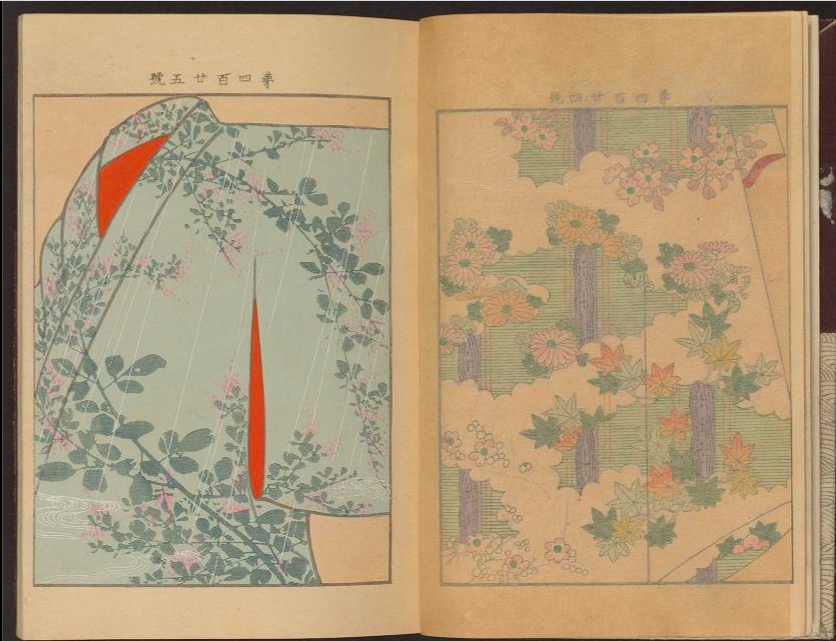
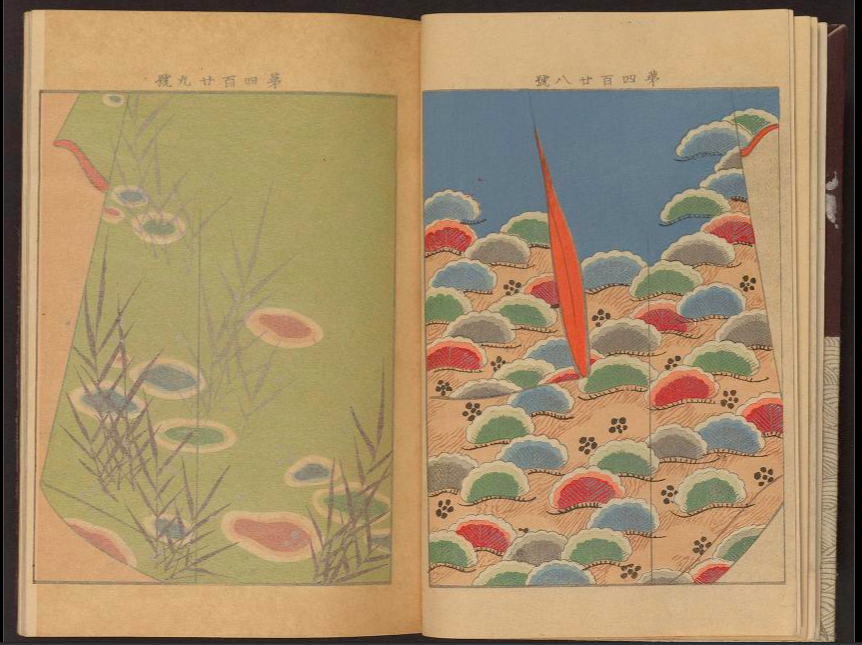
These days, you can find Meiji era pattern books in a number of world class institution’s collections including the Metropolitan Museum of Art, the British Library, the Art Institute of Chicago, and The Smithsonian National Museum of Asian Art, which digitized the kimono designs by Seiko Ueno featured in this post.
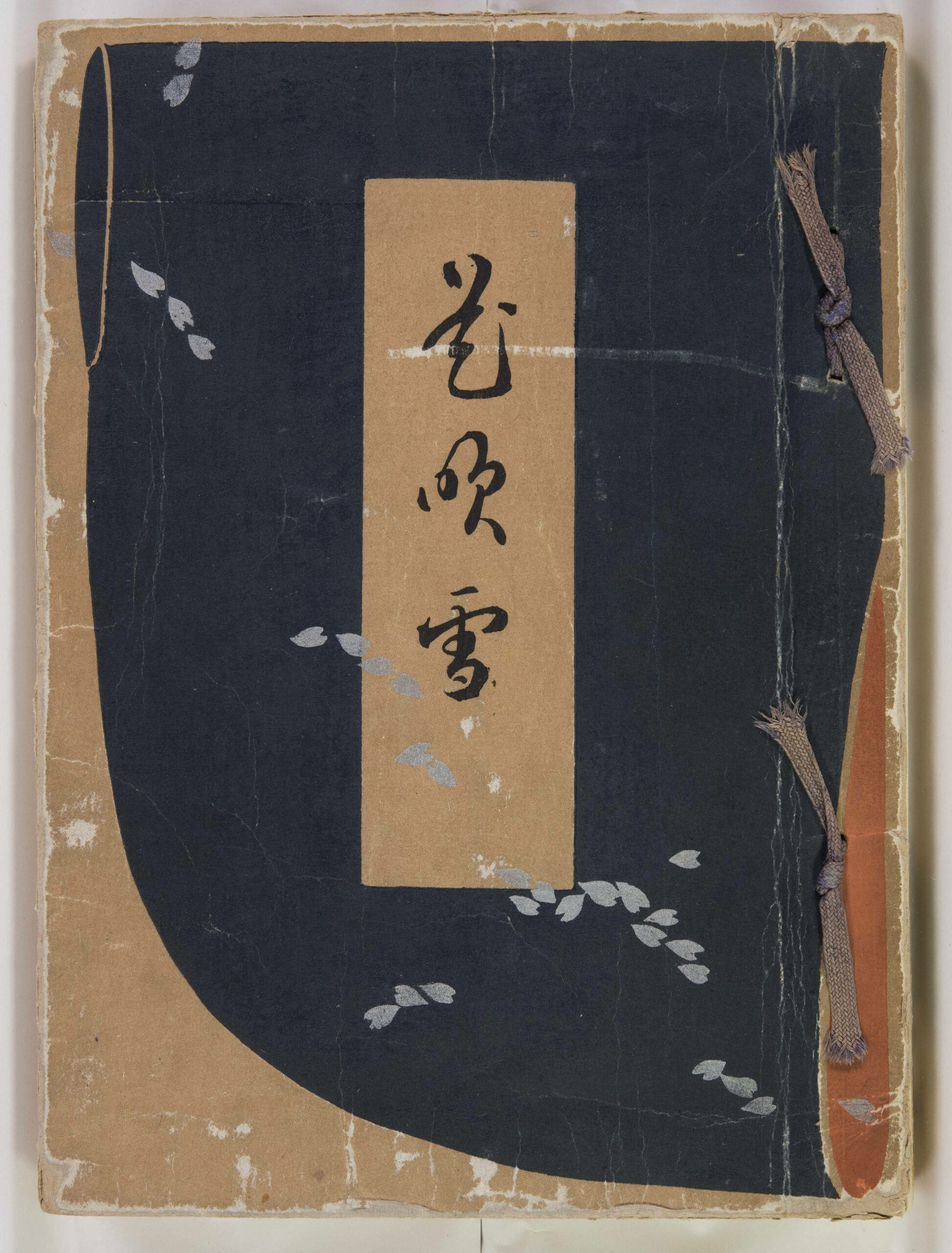
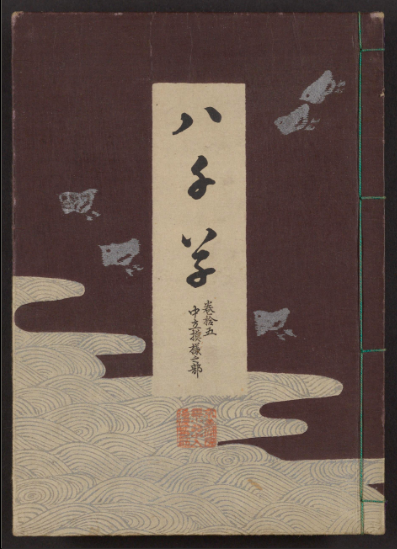
Explore four Meiji era kimono pattern books here.
Related Content
– Ayun Halliday is the Chief Primatologist of the East Village Inky zine and author, most recently, of Creative, Not Famous: The Small Potato Manifesto and Creative, Not Famous Activity Book. Follow her @AyunHalliday.


just a note, the larger book depicts “haura” designs, which are sewn/painted inside a haori solely for its owner’s appreciation